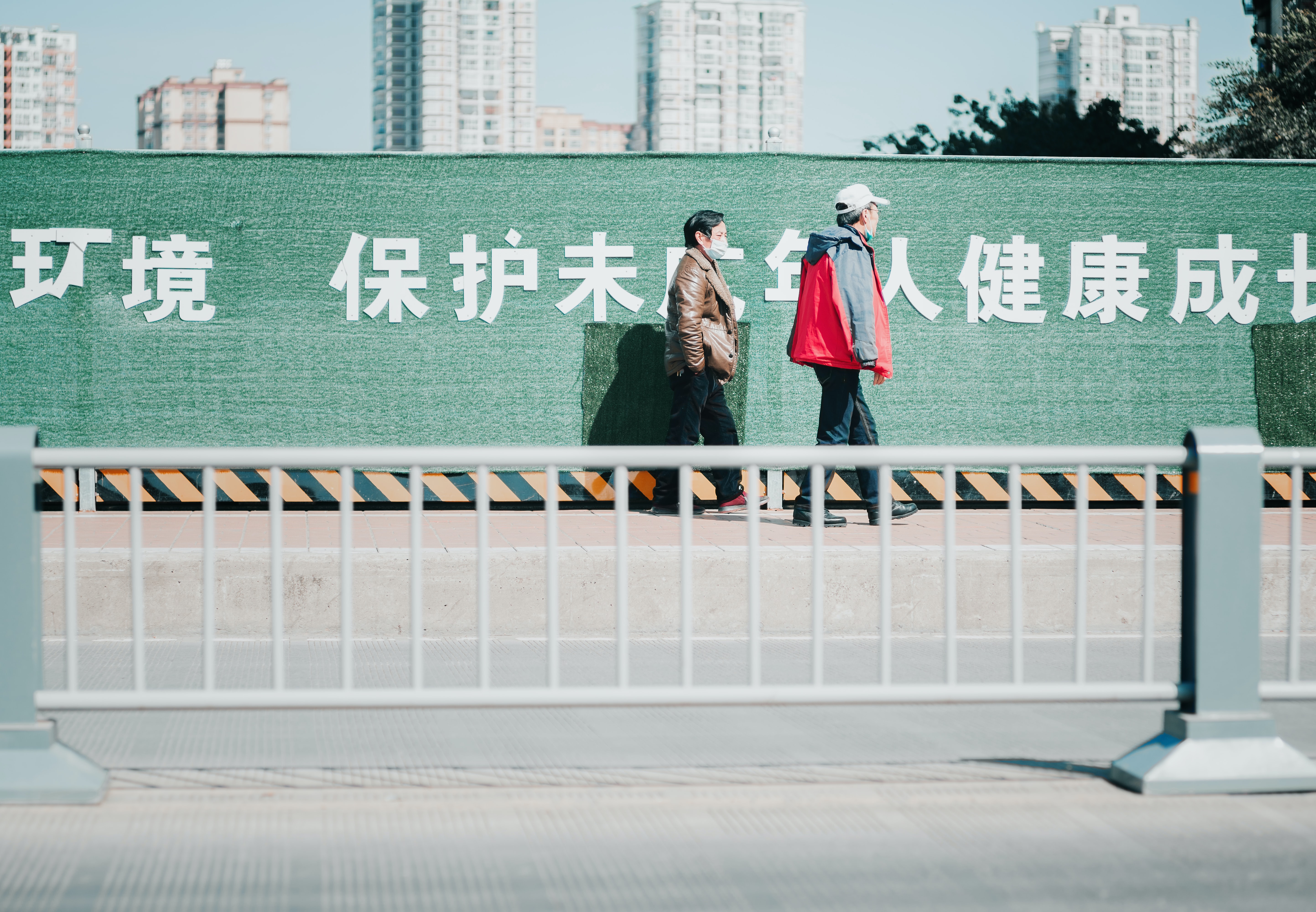Air Pollution and COVID-19 Transmission in China
HKUST IEMS Working Papers No. 2021-80
SHARE THIS

Accurately estimating the effect of air pollution on COVID-19 transmission requires researchers to account for the epidemiological characteristics, deal with endogeneity, and capture the dynamic impact of air pollution. To do so, we propose a new econometric framework by combining the Susceptible-Infectious-Recovered-Deceased model, the Instrument Variable model, and the Flexible-Distributed-Lag model. Using data covering all Chinese cities, we find that a 10-point increase in the Air Quality Index would lead to a 2.80 percentage point increase in the daily COVID-19 growth rate with 2 to 13 days of delay, implying that improving air quality can help slow the COVID-19 spread.
About the authors
Guojun He is an assistant professor appointed jointly at the Division of Social Science, Division of Environment and Sustainability, and Department of Economics at The Hong Kong University of Science and Technology. He is also a faculty associate of HKUST IEMS.
Yuhang Pan is a PhD student at the Division of Environment and Sustainability at the Hong Kong University of Science and Technology.
Takanao Tanaka is a Mphil student at the Division of Social Science at the Hong Kong University of Science and Technology.
Get updates from HKUST IEMS






